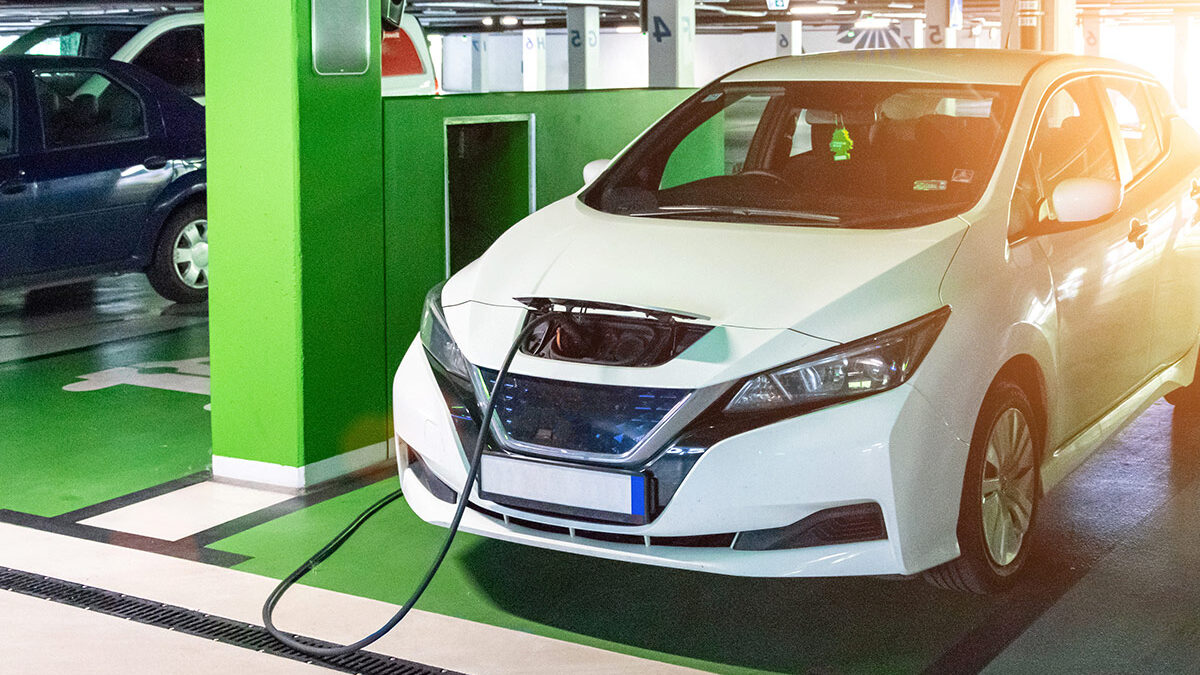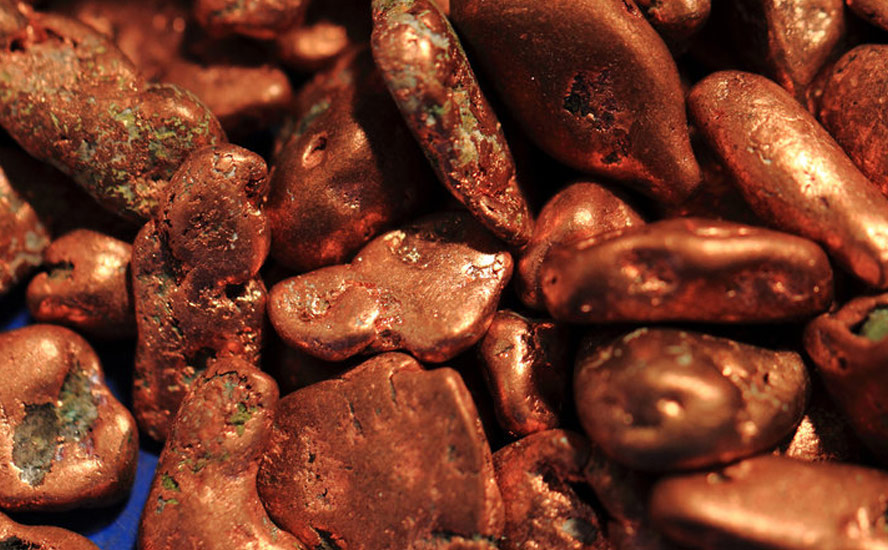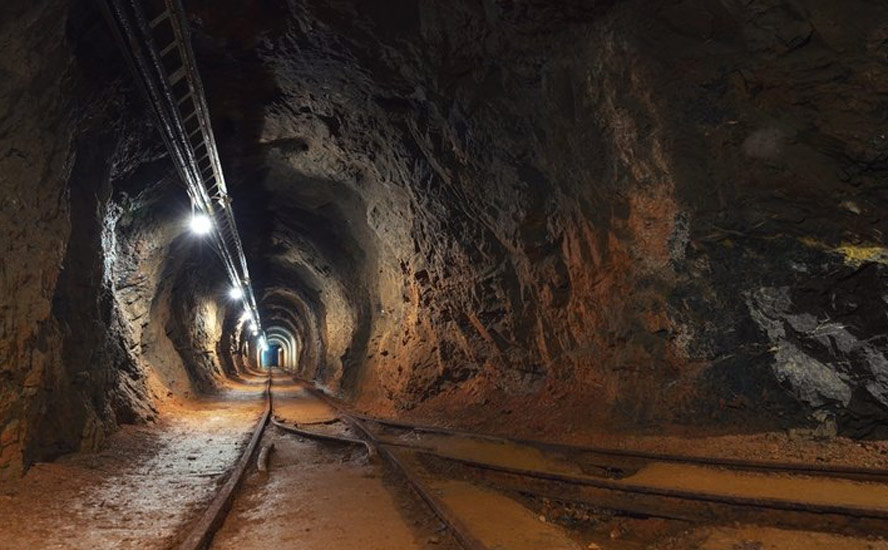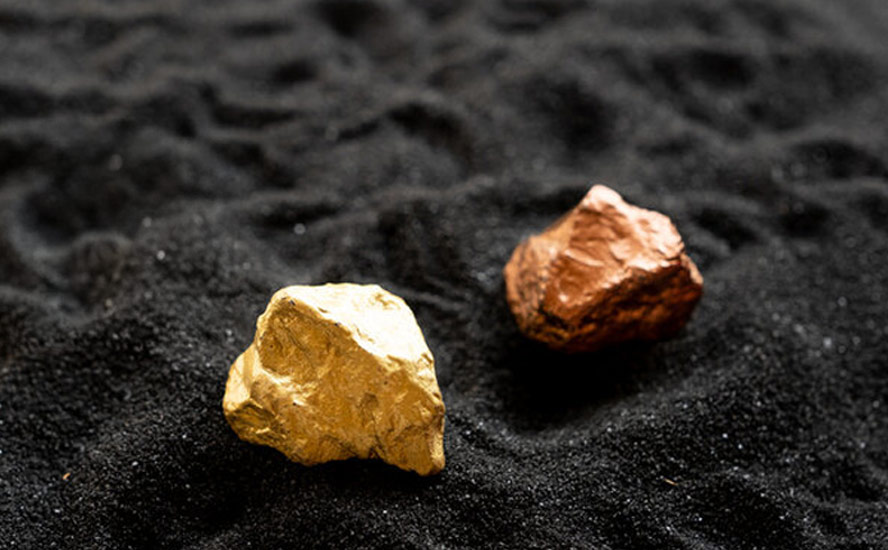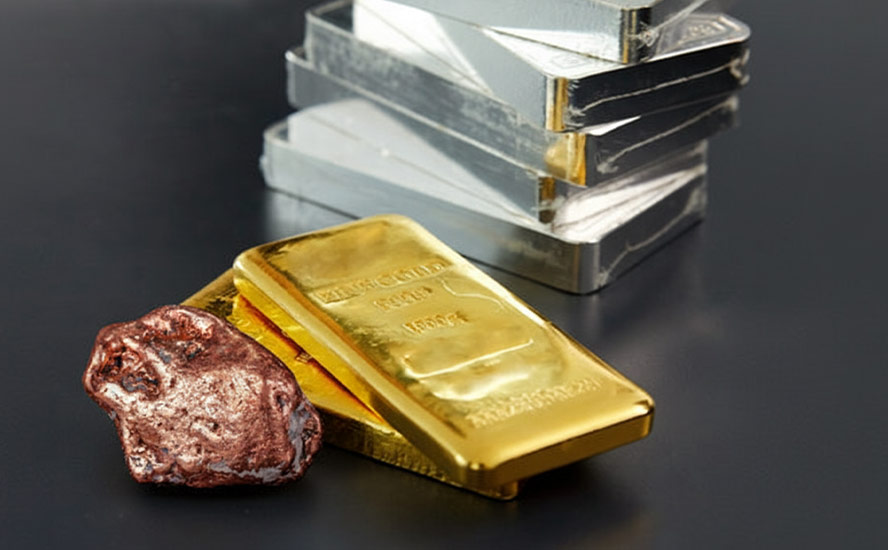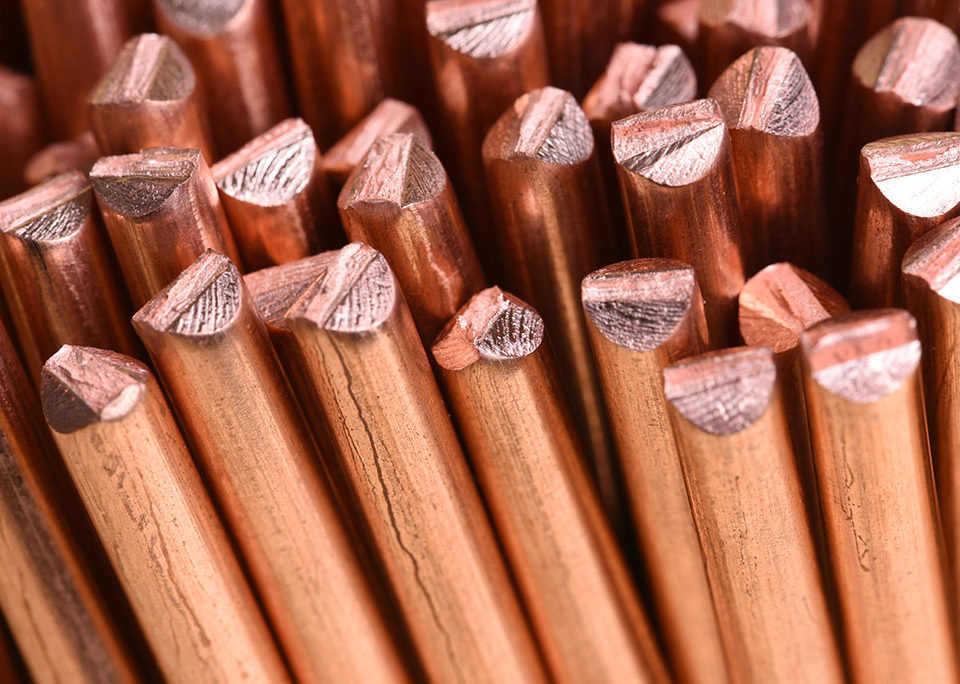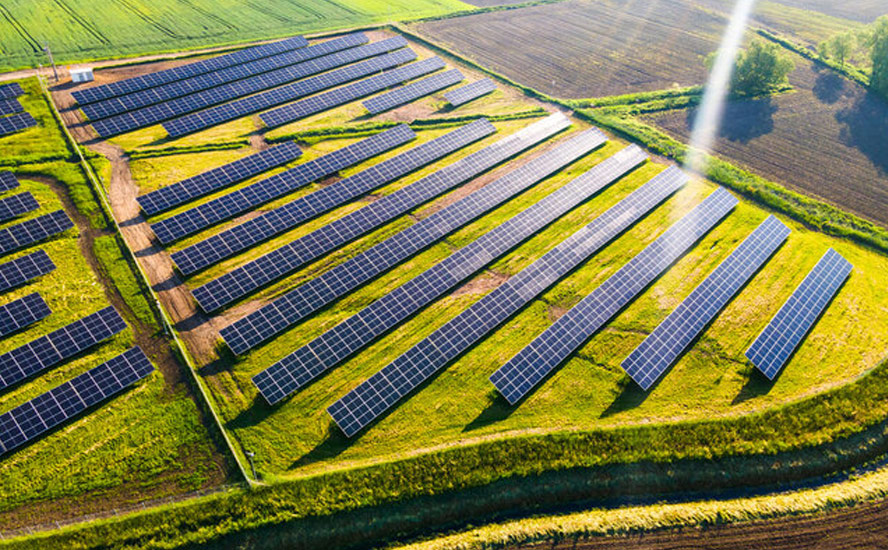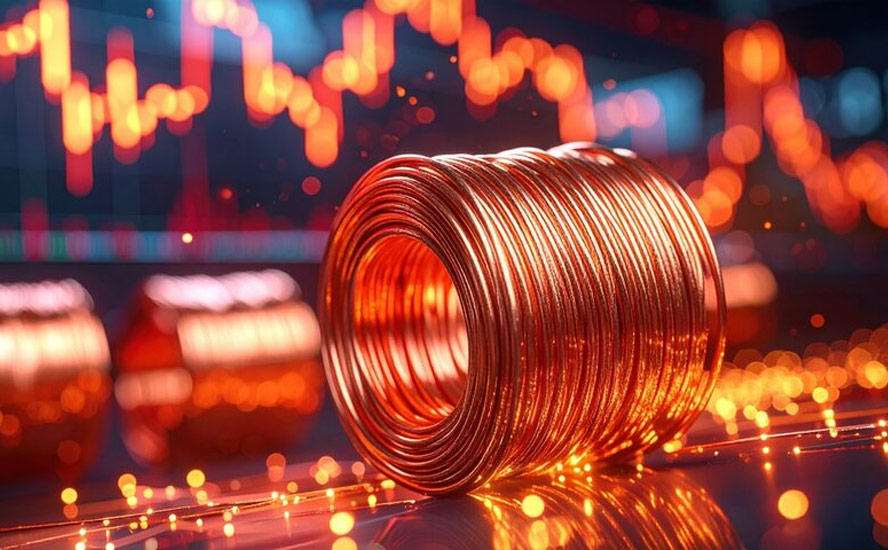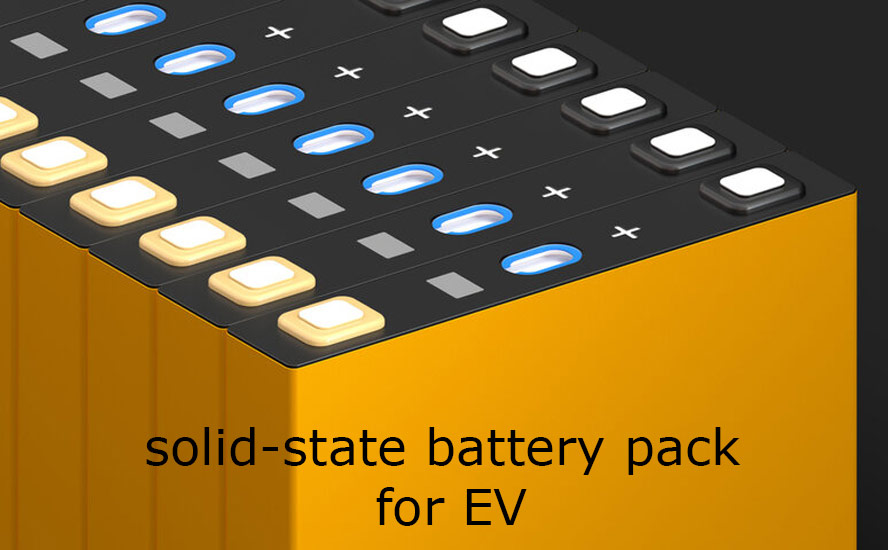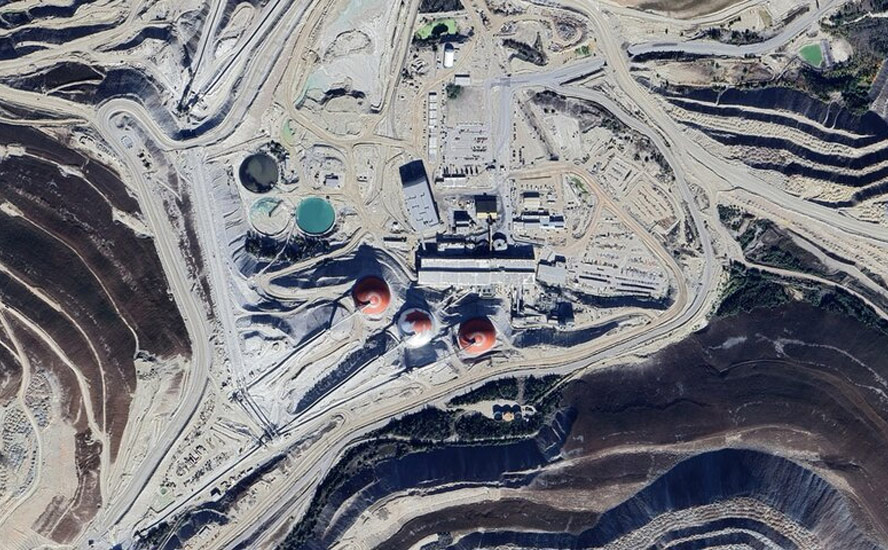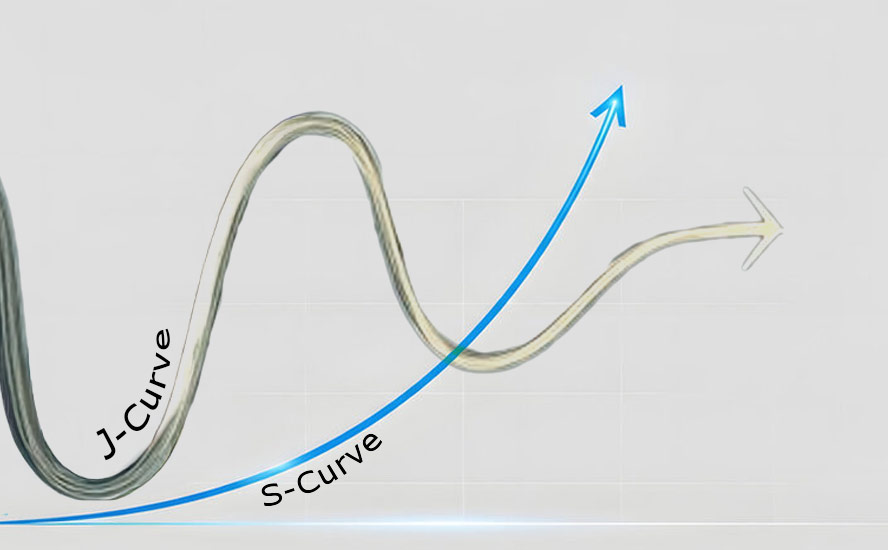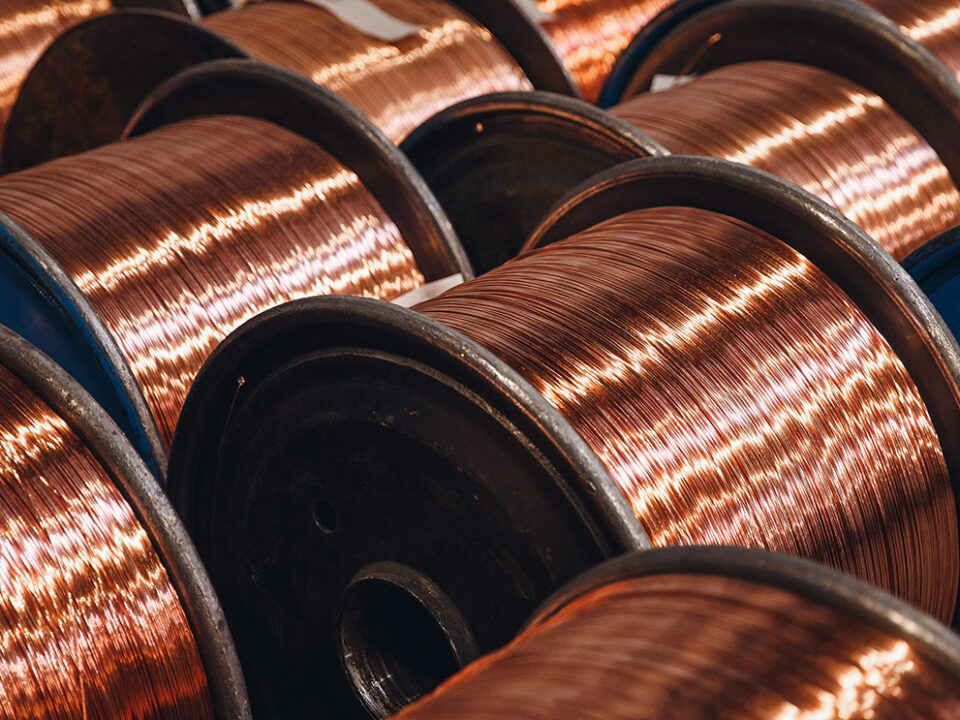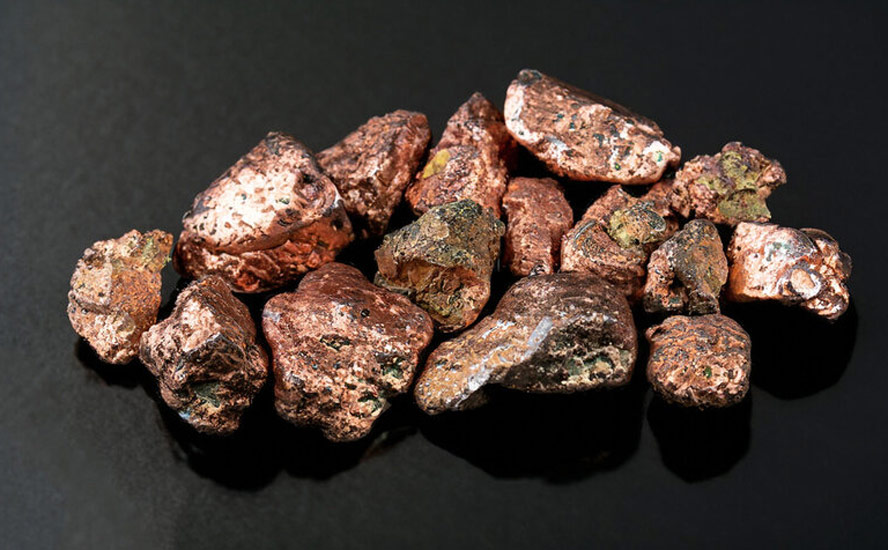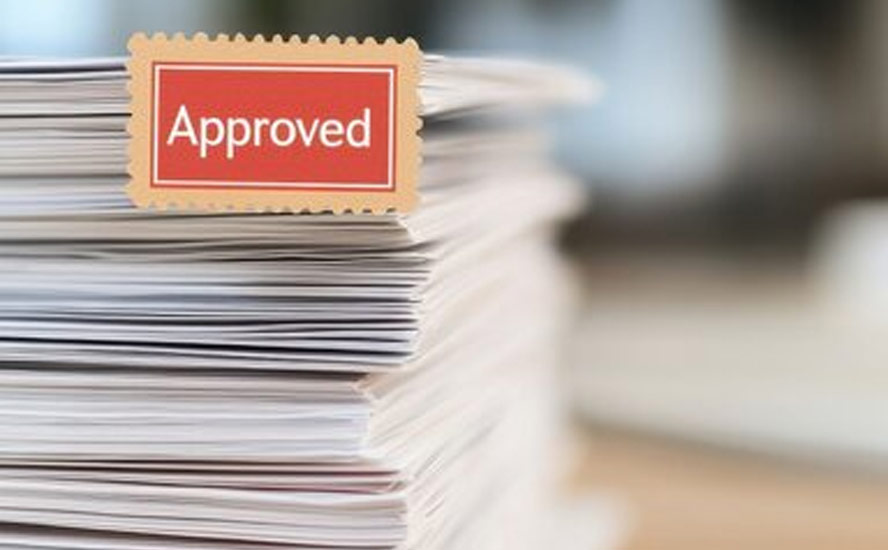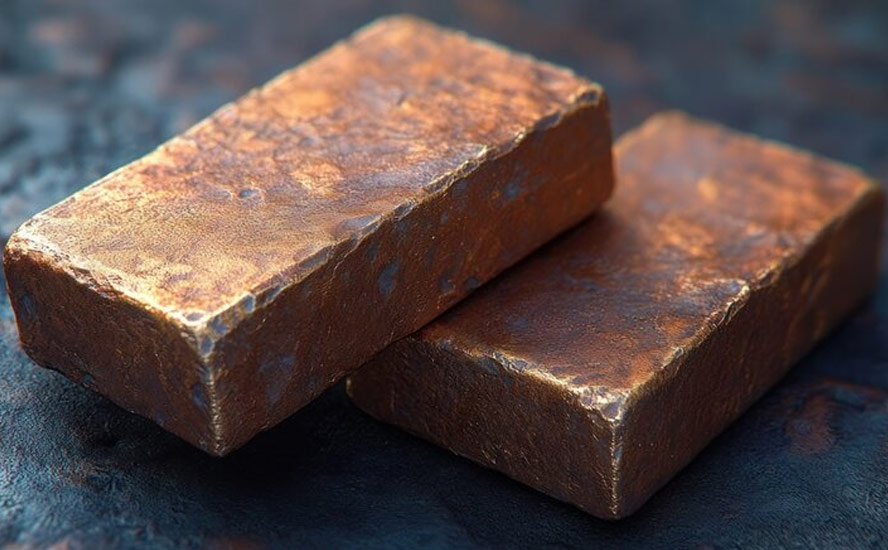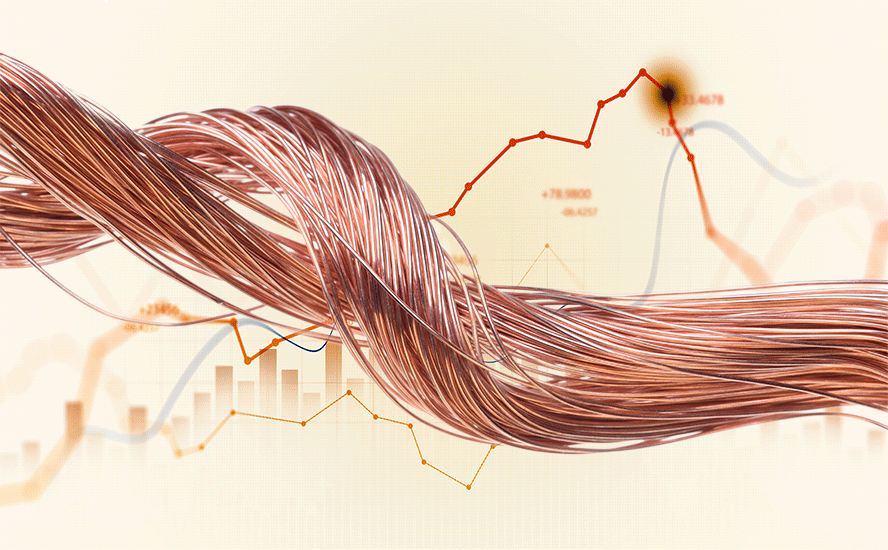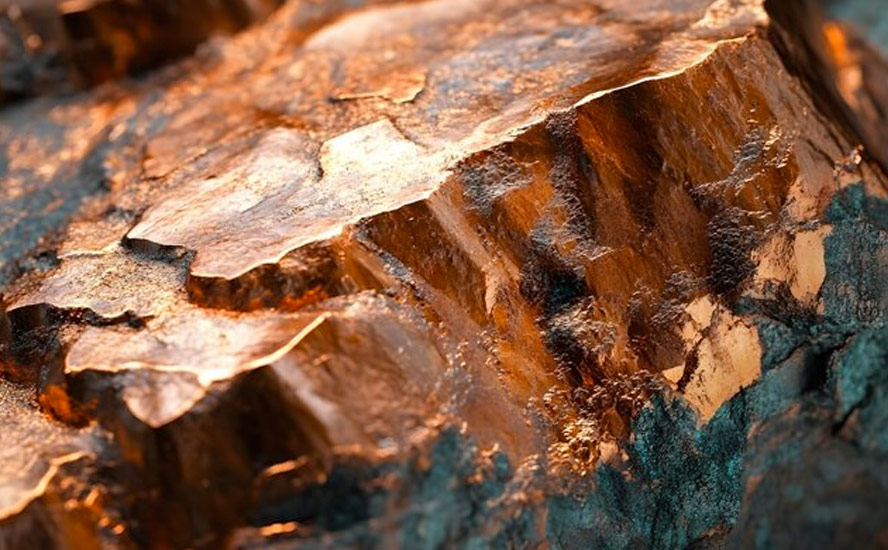EV-makers connect with mining companies to ensure adequate supply of battery raw materials
2022.07.23
Recently, attention has turned to the shortfall of raw materials that is limiting the production of electric vehicles. Simon Moores, the influential CEO of Benchmark Minerals Intelligence, has said that carmakers may have to get involved in mining if they want to make electric vehicles at scale.
Moores added that, while lithium’s major producers have large investments planned, those alone will not be sufficient and new mines are needed.
His thoughts are echoed by one of the most influential voices in mining, Robert Friedland. At the Investing in Africa Mining Indaba conference, the Ivanhoe Mines founder pointed out the problem with renewable technologies is they are incredibly energy- and metals-intensive.
“We’re going to have a freakout as we try to change the world economy unless we develop a lot more mines,” said Friedland in a Mining.com report.
According to his data, a 1,000-pound electric vehicle requires 500,000 pounds of raw materials. “So, to transition just the world’s passenger cars to electric, we have to mine more materials in the next 30 years that we mined throughout human history,” he said.
Tesla’s CEO, Elon Musk, reportedly met Indonesia’s President in Texas to discuss potential investments and technology. The archipelago nation is a major nickel producer and aims to develop a domestic EV battery materials supply chain. Musk has also made a public appeal for more investment in lithium mining, hinting that the Texas-based automaker would consider mining or refining it after prices rose to “insane levels”.
Tesla was the first to ink offtake agreements with mining companies, but many other large automakers have since done the same — certainly enough to call it a trend. Here we offer a run-down of who is buying what from whom, and then, a summary of US and Canadian government support for the building of an electric vehicle supply chain, “from mine to battery to showroom”, in North America.
Note that, while a lot of attention has been paid lately to lithium supply and skyrocketing lithium prices, the electrification of the global transportation system doesn’t take place without copper, needed for all the wiring and in the EV motor; and graphite, an essential ingredient of the Li-ion battery anode, for which there is currently no substitute.
Tesla
The world’s number one electric-car maker has easily been the most active company of the top 5 (Tesla, SAIC Motor, Volkswagen, BYD and Hyundai) firms to ink raw-material agreements with miners.
Lithium
The deal-making started in 2015, when Tesla made a curious purchase agreement with tiny Pure Energy Minerals in Nevada. The five-year supply deal takes effect if and when Pure Energy puts its early-stage Clayton Valley South lithium brine project into production. Last summer Pure Energy got approval to build a pilot plant, to be operated by Schlumberger, the oilfield services giant.
In 2018, Australian lithium miner Kidman Resources said it entered a binding agreement with Tesla to supply the company with lithium hydroxide, one of two lithium end products, the other is lithium carbonate, used in an EV battery’s cathode.
The lithium would flow for an initial three-year term, sourced from a yet-to-be-built refinery in Western Australia, that Kidman is developing with a major lithium miner from Chile, Sociedad Quimica y Minera de Chile, better known as SQM.
Last year Tesla signed another lithium off-take, with China’s Ganfeng Lithium and its unit GFL International, allowing the companies to provide Tesla with battery-grade lithium starting in 2022.
Since 2009, Tesla has had an agreement with Japan’s Panasonic to supply battery cells for its electric vehicles. The collaboration deepened in 2016, when the Japanese company said it would spend $1.6 billion in the Nevada Gigafactory project Tesla had initiated two years earlier.
Tesla also makes its own batteries, and along with Panasonic, counts China’s Contemporary Amperex Technology (Tesla is CATL’s largest customer) and Korea’s LG Energy Solutions, among its suppliers. On top of this, BYD, the Chinese automaker backed by Warren Buffett, is reportedly trying to sell its batteries to Tesla.
LG Energy, the battery unit of South Korea’s LG Chem, has been actively involved in sourcing lithium. In January of this year Australia’s Lionstown Resources announced it had signed a deal with LG Energy to sell 100,000 dry metric tonnes of lithium spodumene (the hard-rock form) from its Kathleen Valley project in Western Australia. The company says the off-take will account for nearly 30% of the project’s annual output, after the first year of production, expected in 2024.
LG Energy is working with another Australian lithium miner, Vulcan Energy Resources, to source the battery ingredient from its geothermal brine project in Germany. The two companies signed a deal in 2021, wherein Vulcan will extract lithium from geothermal brine at its US$1.4 billion project in Germany’s Upper Rhine Rift, and sell 5,000 tonnes of battery-grade lithium hydroxide to LG Energy in 2024, the first year of operation, rising to 10,000 tonnes thereafter.
Vulcan also signed supply deals with Volkswagen (see below) and French-Italian carmaker Stellantis, with the latter recently investing $52 million for an 8% stake in Vulcan, Reuters reported in June.
Graphite
In December 2021, Tesla agreed with Australian company Syrah Resources to purchase battery-ready graphite from Syrah’s Vidalia plant in Louisiana. According to Bloomberg, Vidalia’s initial 10,000 ton a year production rate would supply about 3% of US battery demand by 2025. By mid-decade the plant, which sources graphite from Syrah’s Balama mine in Mozambique, would ramp up to 40,000 tons per annum.
Nickel
Five months earlier, Tesla scored a major supply deal with BHP Group, to supply nickel for its EV batteries. Elon Musk has repeatedly expressed the need for a steady nickel supply, since the metal packs more energy into batteries and allows producers to reduce the amount of cobalt, which is more expensive and comes primarily from one country, the Democratic Republic of Congo (DRC).
The world’s largest miner is providing Tesla with nickel from its Nickel West operation in Western Australia. Opened last year, the $140 million facility is located next to BHP’s existing nickel refinery.
In October of 2021, Tesla made another nickel agreement with Vale’s Goro mine in New Caledonia. The small French territory in the South Pacific is thought to contain up to a quarter of the world’s nickel, trapped in laterite deposits that are harder and more expensive to process than nickel sulfide ores found in North America.
The mine has been the source of conflict between Vale and locals due to the use of highly polluting HPAL technology, with the Brazilian company searching for a buyer. Last fall a consortium called Prony Resources, comprised of the mine’s employees, three provinces, and Singapore commodity trading group Trafigura, said Tesla has agreed to buy almost the entire new planned nickel output from the mine.
The group plans to produce 44,000 tonnes of nickel by 2024.
Cobalt
An ingredient in nickel-manganese cobalt (NMC) batteries, cobalt is hard to get outside of the DRC, which produces about three-quarters of the metal, and up to 20% of the output is from makeshift mines where fatalities and human-rights abuses are commonplace.
In 2020 Tesla announced a deal with Glencore, the world’s largest cobalt miner, to supply 6,000 tons a year of the battery cathode material. Glencore has also struck cobalt deals with Korean battery makers Samsung SDI and SK Innovation, with Samsung agreeing to buy 21,000 tons, and SK contracting to purchase about 30,000 tons. China’s GEM Co will buy 61,200 tons from Glencore, and BMW Ag will purchase cobalt directly from Glencore’s Murrin Murrin mine in Australia, Bloomberg reported.
Ford
Ford Motor Co recently announced a series of deals to accelerate its shift to electric vehicles. The American auto-making icon plans to make 600,000 EVs annually by 2023 and more than 2 million by 2027. According to media reports, the Dearborn, Michigan-based company has secured all of the 60 gigawatt hours of cell capacity needed to support the 600,000 run rate.
Among its key suppliers, CATL will provide lithium iron phosphate (LFP) battery packs for Ford’s Mustang Mach-E crossovers for North America starting next year, and the F-150 Lightning pickups in early 2024.
LFP batteries are considered less powerful than NCM batteries, the type used by most Western automakers, but are far cheaper, due to iron being more abundant. However, technology championed by CATL has improved their performance.
Ford is also working with LG Energy and SK Innovation, which last year struck a deal to build a massive battery plant in Georgia. The $2.6 billion development will supply batteries for Ford and Volkswagen.
As for raw-material off-take agreements, Ford has contracted with Rio Tinto to provide lithium from its Rincon project, Argentina, and Lake Resources NL, also in Argentina; with Compass Minerals for lithium hydroxide and lithium carbonate from Utah; and with Syrah Resources and SK On for natural graphite from Louisiana. Most recently, Ford contracted with ioneer Ltd to supply lithium carbonate from its Rhyolite Ridge project in Nevada beyond 2025, and with BHP to supply nickel from Australia.
Under terms of the deal announced this week, ioneer will supply 7,000 tonnes annually to BlueOvalSK, Ford’s battery joint venture with SK Innovation in Kentucky. Shipments are expected to start mid-decade.
Ford’s MOU with BHP, also announced this week, involves a multi-year nickel supply agreement, from its Nickel West asset in Western Australia — the same facility supplying Tesla, as mentioned above.
Last year Ford signed a non-binding memorandum of cooperation with nickel miner Vale Indonesia and China’s Huayou Cobalt, to build a plant capable of producing 12,000 tonnes per year of mixed hydroxide precipitate, a material extracted from nickel ores.
GM
Like its rival Ford, General Motors has been scouring the globe for battery raw materials it hopes will ensure its transition to electrics. The carmaker plans to sell more than 1 million EVs annually by 2025, introduce 30 new models by that year, and end sales of all gasoline-powered vehicles by 2035.
In July 2021, General Motors took steps to secure lithium, by partnering with Controlled Thermal Resources (CTR), an Australian company advancing a geothermal brine project near Salton Sea, California, called Hell’s Kitchen. The automaker will have first rights to lithium produced in the first phase of the project, expected to start in 2024. The company plans to use the mine’s output in its Ultium battery cells, which currently power the Chevy Silverado EV, the electric GMC Hummer and the Cadillac Lyriq.
In April 2022, GM inked a multi-year agreement with Glencore to provide cobalt from Glencore’s Murrin Murrin mine in Australia.
This was followed by an announcement in May from South Korea’s POSCO Chemical, which plans to invest $278 million of a $663 million battery cathode materials plant being built in Canada with General Motors. The $400 million facility is in Becancour, Quebec, where Germany’s BASF also announced plans to make and recycle cathode active materials (CAM), starting in 2025. GM’s Ingersoll, Ontario car plant, meanwhile, is expected to start EV production later this year.
Mercedes
The German automaker has budgeted USD$43.8 billion this decade for electrifying its lineup, including logistics centers, new production lines, and a billion-dollar battery plant in Alabama. The facility in Tuscaloosa reportedly is able to switch production between gas-powered, plug-in hybrid and fully electric drivetrains. It opened in March.
Mercedes has also partnered with Chinese battery company Envision AESC, which plans to set up a US cell facility by mid-decade. Envision already supplies batteries to Nissan’s Leaf hatchbacks in Smyrna, Tennessee.
BMW
BMW Group got into the lithium supply game in 2019, signing a five-year, €540 million off-take with China’s Ganfeng Lithium. According to Green Car Congress, the contract secures 100% of BMW’s lithium hydroxide needs for its fifth-generation battery cells. The company aims to have 25 electrified models in place by 2023, with more than half being full electric.
As for cobalt, BMW will source it directly from mines in Australia and Morocco. The group also said in 2019 it is increasing its order for battery cells from China’s CATL to €7.3 billion (2020-31), and signed a contract worth €2.9 billion with Samsung SDI for its fifth-generation electric drivetrains.
Volkswagen
As mentioned SK Innovation will supply Ford and Volkswagen from its $2.6B battery plant being built in Georgia. The German company’s newly formed battery business, PowerCo, is tasked with supplying VW’s raw materials. According to Bloomberg, VW plans to partner with Umicore SA to source cathode materials, is exploring working with Robert Bosch GmbH for machinery and agreed to offtake battery-grade lithium hydroxide from miner Vulcan Energy Resources.
The private company, which plans to IPO next year, earlier this month broke ground on its first European factory, expects to invest more than USD$20 billion in five of its own cell factories by 2030, and is building a sixth factory in Sweden through a partnership with Northvolt AB. PowerCo’s flagship plant in Salzgitter, Germany, is due to start pilot production in 2024, Bloomberg said.
VW secured cobalt supplies back in 2017, through a triangular deal involving China’s CATL and Glencore, with the latter agreeing to supply 20,000 tonnes of cobalt to CATL over four years.
Earlier this year, Volkswagen said it will form joint ventures with Huayou Cobalt and Tsingshan Group to secure nickel and cobalt supplies for electric vehicles in China — part of a $33 billion push by the world’s second largest carmaker to build a network of battery cell factories and secure direct access to raw materials.
Hyundai
In May Hyundai Motor Group announced that Georgia will be the site of the Korean company’s first dedicated EV battery plant and EV manufacturing facility in the United States. The facility in Bryan County, GA has a capital cost of $5.5 billion and is expected to break ground in 2023. By commercial production in 2025, the plant will have an annual capacity of 300,000 EV units, the company said in a statement.
Reuters notes that Hyundai’s battery supplier, SK On, has built two adjacent plants in Georgia, one that supplies Volkswagen, and the other that will provide batteries to Ford starting early next year. SK On will also supply the battery for Hyundai’s Ioniq 7 EV.
Toyota
The Japanese automaker that pioneered hybridization through its Prius, is getting into all-electrics in a big way. In December, CEO Akio Toyoda presented his company’s EV plans, setting out a goal of 3.5 million battery-electric vehicles annually by 2030, through 30 Toyota and Lexus models. All told, Toyota’s electrification strategy is costed at an eye-watering $70 billion.
Toyota developed a plan to source EV raw materials in 2020. An MOU between Australia-based lithium miner Orocobre and Prime Planet Energy Solutions (PPES) — a joint venture between Toyota and Panasonic — entails up to 30,000 tonnes of lithium carbonate equivalent (LCE). The lithium is sourced from Orocobre’s producing Olaroz brine asset in Argentina, and converted to lithium hydroxide at the Naraha plant in Eastern Japan.
In 2021, PPES secured a contract with BHP to supply nickel sulfate from the latter’s newly opened Kwinana plant south of Perth. According to the Sydney Morning Herald, Toyota was the second car company after Tesla to become a Nickel West customer.
Conclusion
Just about every automaker is transitioning to electric vehicles, with hundreds of billions of dollars earmarked over the next decade for new models, production lines and battery plants. The electrification of the global transportation system also involves the rollout of thousands of electric-vehicle charging stations, a task which governments at all levels are beginning to take seriously. All of this will require copious amounts of raw materials, including copper for EV motors, wiring and charging stations, permanent magnets that use rare earths like neodymium and dysprosium, and battery metals such as lithium, graphite, cobalt, sulfide nickel and manganese.
For years neglected by governments, critical minerals like graphite are finally getting the attention they deserve. In June, the Canadian government unveiled its low-carbon industrial strategy, that will see Ottawa partnering with each province to “identify, prioritize and pursue opportunities”. Specific to critical minerals, this means battery manufacturing in Quebec and electric vehicle production in Ontario.
Natural Resources Minister Jonathan Wilkinson pointed to CAD$3.8 billion already earmarked for critical minerals in the April budget. On top of that, “we have a billion and a half dollars in the Clean Fuels Fund, we have eight billion dollars in the Net Zero Accelerator, we’re setting up the Clean Growth Fund, we have the Canada Infrastructure Bank,” Bloomberg quoted him saying. He added:
“The average mine takes 15 years to bring into production. In the context of the energy transition, we don’t have 15 years if we’re actually going to provide enough of the minerals to be able to support just the battery development. So it behooves us to bring everybody into the room to figure out how to do it.”
At AOTH, we couldn’t agree more. Canada’s new industrial strategy dovetails with what is happening south of the border.
The US, which has long sought to improve its battery supply chain, recently invoked its Cold War powers by including lithium, nickel, cobalt, graphite and manganese on the list of items covered by the 1950 Defense Production Act, previously used by President Harry Truman to make steel for the Korean War.
To bolster domestic production of these minerals, US miners can now access $750 million under the act’s Title III fund, to be used for current operations, productivity and safety upgrades, and feasibility studies. The DPA could also cover the recycling of these materials.
Later this year, the Department of Energy will begin doling out over $7 billion in grants for battery production, nearly half of which are earmarked for domestic supplies of materials and battery recycling. The DOE has also committed $45 million in funding for battery development called the Electric Vehicles for American Low-Carbon Living program. It’s all part of the Biden administration’s goal of making half of all new vehicles sold in the United States electric by 2030.
It’s encouraging to see public money directed towards electrification is beginning to flow, despite efforts by Democratic Senator Joe Manchin to block the climate provisions in Biden’s scaled-back Build Back Better plan. Earlier this month, Manchin told the Democratic leadership he won’t support the climate provisions in the reconciliation bill, potentially sinking the $1.75 trillion package, given that Manchin holds the swing vote in the 50-50 Senate. The bill would allocate billions in incentives to slash carbon emissions, helping to meet the White House’s goal of a 50% reduction in US greenhouse gas emissions from 2005 levels by 2030, and net-zero emissions by mid-century.
CNBC reported Manchin saying in a radio interview he won’t support any climate provisions until he has a better understanding of inflation figures for July. Amazing how one individual can hold so much power for a program that is so important to the future US economy.
But it’s funny. Most public officials appear to have no concept of how important mining is to developing a North American EV supply chain, one that encompasses everything “from mine to battery to showroom”.
A green infrastructure and transportation spending push will mean a lot more metals will need to be mined, including lithium, nickel, and graphite for EV batteries; copper for electric vehicle wiring, charging stations and renewable energy projects; silver for solar panels; rare earths for permanent magnets that go into EV motors and wind turbines; and silver/ tin for the hundreds of millions of solder points necessary in making the new electrified economy a reality.
In fact, battery/ energy metals demand is moving at such a break-neck speed, that supply will be extremely challenged to keep up. Without a major thrust by producers and junior miners to find and develop new mineral deposits, glaring supply deficits are going to beset the industry for some time.
Richard (Rick) Mills
aheadoftheherd.com
subscribe to my free newsletter
Legal Notice / Disclaimer
Ahead of the Herd newsletter, aheadoftheherd.com, hereafter known as AOTH.
Please read the entire Disclaimer carefully before you use this website or read the newsletter. If you do not agree to all the AOTH/Richard Mills Disclaimer, do not access/read this website/newsletter/article, or any of its pages. By reading/using this AOTH/Richard Mills website/newsletter/article, and whether you actually read this Disclaimer, you are deemed to have accepted it.
Any AOTH/Richard Mills document is not, and should not be, construed as an offer to sell or the solicitation of an offer to purchase or subscribe for any investment.
AOTH/Richard Mills has based this document on information obtained from sources he believes to be reliable, but which has not been independently verified.
AOTH/Richard Mills makes no guarantee, representation or warranty and accepts no responsibility or liability as to its accuracy or completeness.
Expressions of opinion are those of AOTH/Richard Mills only and are subject to change without notice.
AOTH/Richard Mills assumes no warranty, liability or guarantee for the current relevance, correctness or completeness of any information provided within this Report and will not be held liable for the consequence of reliance upon any opinion or statement contained herein or any omission.
Furthermore, AOTH/Richard Mills assumes no liability for any direct or indirect loss or damage for lost profit, which you may incur as a result of the use and existence of the information provided within this AOTH/Richard Mills Report.
You agree that by reading AOTH/Richard Mills articles, you are acting at your OWN RISK. In no event should AOTH/Richard Mills liable for any direct or indirect trading losses caused by any information contained in AOTH/Richard Mills articles. Information in AOTH/Richard Mills articles is not an offer to sell or a solicitation of an offer to buy any security. AOTH/Richard Mills is not suggesting the transacting of any financial instruments.
Our publications are not a recommendation to buy or sell a security – no information posted on this site is to be considered investment advice or a recommendation to do anything involving finance or money aside from performing your own due diligence and consulting with your personal registered broker/financial advisor.
AOTH/Richard Mills recommends that before investing in any securities, you consult with a professional financial planner or advisor, and that you should conduct a complete and independent investigation before investing in any security after prudent consideration of all pertinent risks. Ahead of the Herd is not a registered broker, dealer, analyst, or advisor. We hold no investment licenses and may not sell, offer to sell, or offer to buy any security.
Legal Notice / Disclaimer
Ahead of the Herd newsletter, aheadoftheherd.com, hereafter known as AOTH.Please read the entire Disclaimer carefully before you use this website or read the newsletter. If you do not agree to all the AOTH/Richard Mills Disclaimer, do not access/read this website/newsletter/article, or any of its pages. By reading/using this AOTH/Richard Mills website/newsletter/article, and whether you actually read this Disclaimer, you are deemed to have accepted it.

